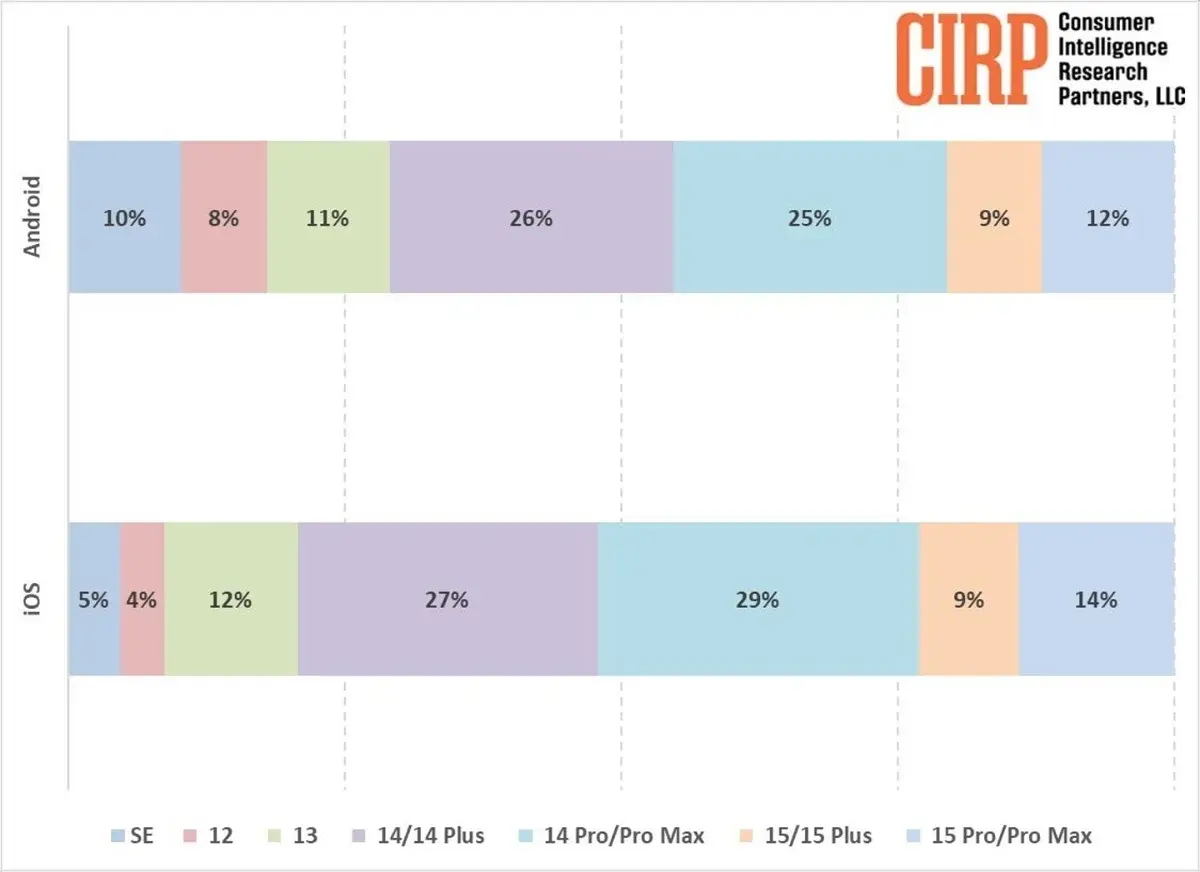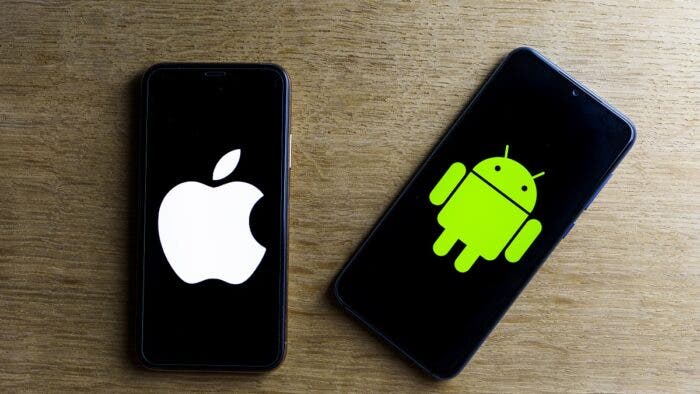A recent study conducted by Consumer Intelligence Research Partners (CIRP) sheds light on an intriguing trend: the purchasing behavior of Android users switching to iPhone. While the overall number of switchers has remained relatively stable since 2019. With a slight dip in 2023 compared to 2022, their preference for specific iPhone models paints a distinct picture.
The study reveals a consistent range of users transitioning from Android to iOS, hovering between 11% and 19% from 2019 to 2023. Interestingly, 2022 saw the highest influx at 15%, suggesting a potential peak before the observed 2023 decline. This stability might be attributed to the inherent complexities associated with switching operating systems. Including data transfer and adapting to a new user interface.
However, the data takes a fascinating turn when examining the purchasing habits of these Android switchers. Contrary to existing iPhone users who upgrade and often favor the latest models (only 21% opting for older models), a significant portion (29%) of Android switchers gravitate towards the iPhone SE 3, 12, or 13 (including the mini version). This trend extends beyond these specific models, with switchers demonstrating a higher propensity for acquiring older iPhones in general.
Unveiling the Switcher’s Choice: Android Users Favor Older iPhones, Study Shows

CIRP delves into the potential reasons behind this preference. One compelling explanation lies in the budget consciousness of many Android switchers. They often originate from using lower-priced Android phones. Making the more affordable iPhone models a natural fit for their financial constraints and everyday needs.
Beyond budgetary considerations, the study highlights the allure of Apple‘s tightly integrated ecosystem as a driving force behind the switch. Features like iMessage, FaceTime, and the seamless integration of AirPods hold significant appeal. Even if it doesn’t necessitate owning the latest and most expensive iPhone model. This suggests that switchers prioritize the benefits of the Apple ecosystem over the cutting-edge features found in flagship models.
Furthermore, the study reveals an interesting contrast within the group of Android switchers. While a significant portion favors older models, a surprisingly high number (37%) opt for the latest Pro or Pro Max models. This indicates a possible presence of two distinct segments within the Android switcher demographic. One prioritizing value and affordability, and another seeking the top-tier features and status associated with the latest premium iPhones.
In conclusion, the CIRP study offers valuable insights into the motivations and purchasing behavior of Android users making the switch to iPhone. It unveils a preference for older models amongst a substantial portion of switchers, driven by value considerations, ecosystem appeal, and potentially, varying needs and priorities within the demographic itself. This understanding can inform strategies for both Apple and Android manufacturers as they cater to the evolving mobile phone landscape.





